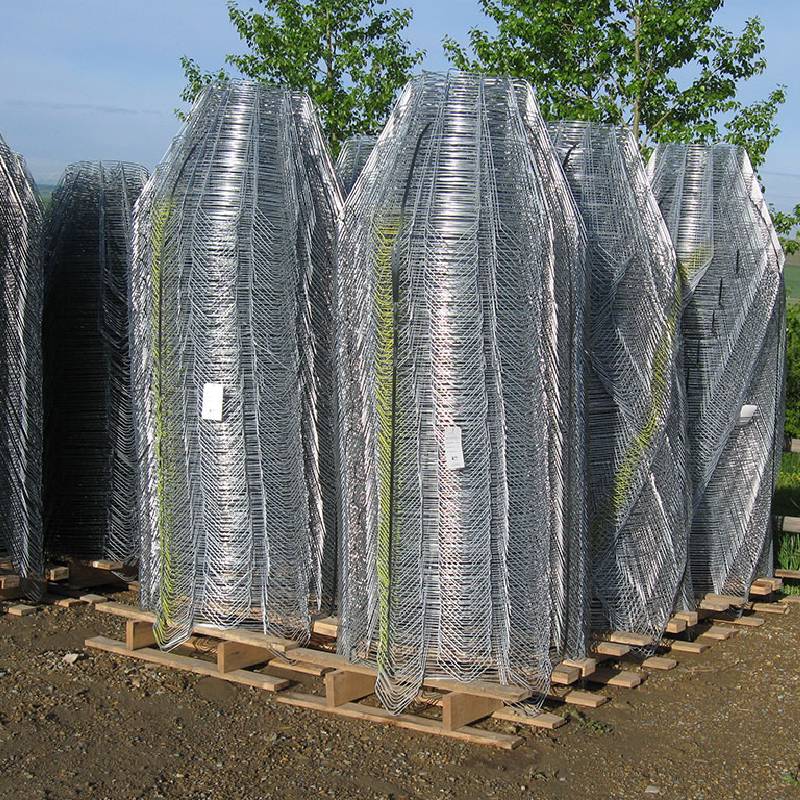
- Mobile Phone
- +8613931874955
- sales@cntcmetal.com
heating coil springs
Understanding Heating Coil Springs A Comprehensive Guide
Heating coil springs play a significant role in various applications, ranging from industrial machinery to everyday household items. These specialized springs are designed to perform under high temperatures and thermal conditions, making them essential components in multiple fields. This article will cover the fundamental aspects of heating coil springs, including their construction, applications, advantages, and maintenance.
What are Heating Coil Springs?
Heating coil springs are coiled metal components that are engineered to withstand high temperatures while still providing reliable performance. They are typically made from high-temperature alloys such as stainless steel, Inconel, or other heat-resistant materials. The construction of heating coil springs is crucial, as the materials used must maintain their mechanical properties even when exposed to extreme conditions.
The design of these springs allows them to expand and contract without losing elasticity. This characteristic makes them suitable for applications where thermal expansion occurs, as they can absorb and compensate for the shifts in size without succumbing to fatigue or failure.
Applications of Heating Coil Springs
Heating coil springs are widely used in various industries, including automotive, aerospace, manufacturing, and appliances. Here are some key applications
1. Automotive Sector In vehicles, heating coil springs are employed in exhaust systems and catalytic converters, where they endure significant temperature fluctuations. Their ability to maintain structural integrity under high heat is vital for vehicle efficiency and emissions control.
2. Aerospace Industry The aerospace sector utilizes heating coil springs in engine components and other areas exposed to extreme thermal environments. These springs must withstand not only high temperatures but also the stresses associated with flight conditions.
3. Manufacturing Equipment In industrial machinery, heating coil springs are found in various equipment that requires consistent performance despite high heat, such as ovens, furnaces, and boilers. They play a critical role in ensuring machinery operates smoothly and safely.
4. Household Appliances Common household appliances such as toasters, hair dryers, and coffee makers also use heating coil springs. These components help regulate temperature and maintain functionality during operation.
Advantages of Heating Coil Springs
Heating coil springs offer numerous advantages that make them a preferred choice in high-temperature applications
heating coil springs

1. Durability Made from heat-resistant materials, these springs can endure a wide range of temperatures without degrading, ensuring longevity and reliability.
2. Flexibility They are designed to handle thermal expansion efficiently, allowing them to function effectively in environments where temperature varies significantly.
3. Performance Consistency Heating coil springs provide consistent performance over time, which is crucial for applications where precision and reliability are essential.
4. Corrosion Resistance Many heating coil springs are made from alloys specifically formulated to resist oxidation and corrosion at high temperatures, enhancing their lifespan and performance.
Maintenance of Heating Coil Springs
To ensure optimal performance and extend the life of heating coil springs, regular maintenance is essential. Here are some maintenance tips
1. Routine Inspections Regularly check springs for signs of wear, corrosion, or deformation. Early detection can prevent potential failures.
2. Cleaning Make sure to keep the springs clean from debris and contaminants that can affect their functionality. Use appropriate cleaning agents that do not damage the spring material.
3. Temperature Monitoring Keep track of operating temperatures to ensure they remain within the recommended limits for the spring material. Overexposure to excessive heat can lead to premature failure.
4. Replacement If a spring shows signs of significant wear or damage, it is vital to replace it promptly to prevent operational issues.
Conclusion
Heating coil springs are vital components in many modern applications, designed to perform exceptionally in high-temperature environments. Their durability, flexibility, and consistent performance make them indispensable in various industries. By understanding their construction, applications, and maintenance needs, engineers and manufacturers can ensure the reliability and longevity of these critical components. Investing in high-quality heating coil springs can significantly enhance the performance and safety of machinery and equipment, ultimately leading to greater efficiency and reduced downtime.
share:
-
Why Sacrificial Formwork Is Redefining Underground ConstructionNewsJun.06,2025
-
The Structural Dynamics of Modern Concrete: How Snake Spacers Revolutionize Flexible ReinforcementNewsJun.06,2025
-
Snake Spacers Smart-Lock Concrete Reinforcement with Surgical PrecisionNewsJun.06,2025
-
Snake Spacers: Reinforcement Precision for Modern Concrete ProjectsNewsJun.06,2025
-
Snake Spacers Powering Concrete's Structural DNANewsJun.06,2025
-
Slither into Success: Snake Spacers' Precision Bite for Unbreakable ReinforcementNewsJun.06,2025
-
Sacrificial Formwork: Building Stronger, Faster, and Safer StructuresNewsJun.06,2025



















